In this article (and video above), I explore the top calculators that can help you pass the FE exam with confidence. From Texas Instruments to HP, we’ll compare the features, functionality, and usability of the most popular calculators on the market. Whether you’re a student or a working professional, this article and video will provide you with the information you need to make an informed decision and choose the best calculator for your FE exam preparation.
Why Your Calculator Choice Matters
Selecting the right calculator for the FE exam is a crucial decision—it can make the difference between passing and failing. The FE exam is a challenging test that requires not only strong technical knowledge but also efficiency and confidence in problem-solving. A well-suited calculator can help you:
- Solve problems more quickly and accurately
- Reduce stress during the exam
- Improve overall efficiency and confidence
With so many options on the market, choosing the right one can be overwhelming. However, prioritizing this decision will ensure you are well-prepared for exam day.
Understanding FE Exam Calculator Restrictions
One of the biggest challenges students face when selecting a calculator is ensuring it meets the FE exam’s strict guidelines. The National Council of Examiners for Engineering and Surveying (NCEES) has a pre-approved list of calculators that can be used during the exam. Any calculator outside this list is not permitted.
Common Challenges Students Face
[Read more…] about What’s The BEST Calculator To Pass The FE Exam in 2025?
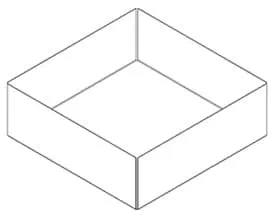

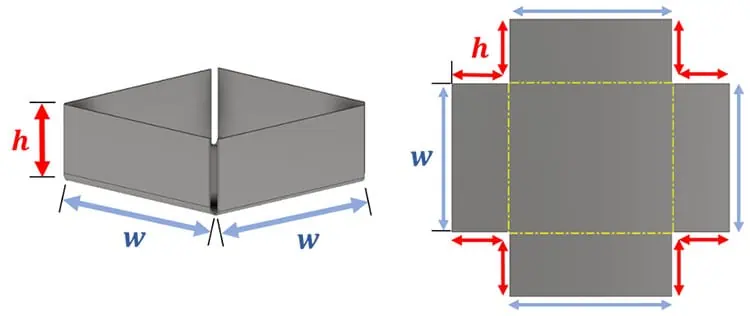
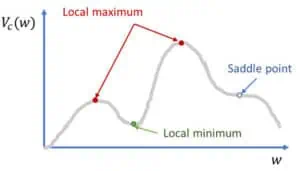
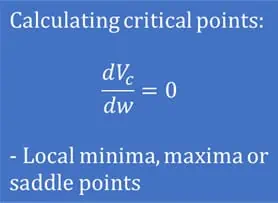

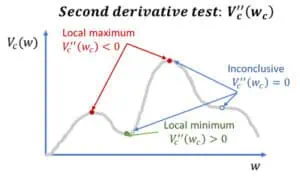
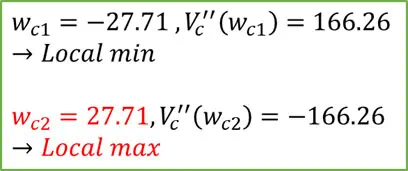
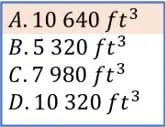
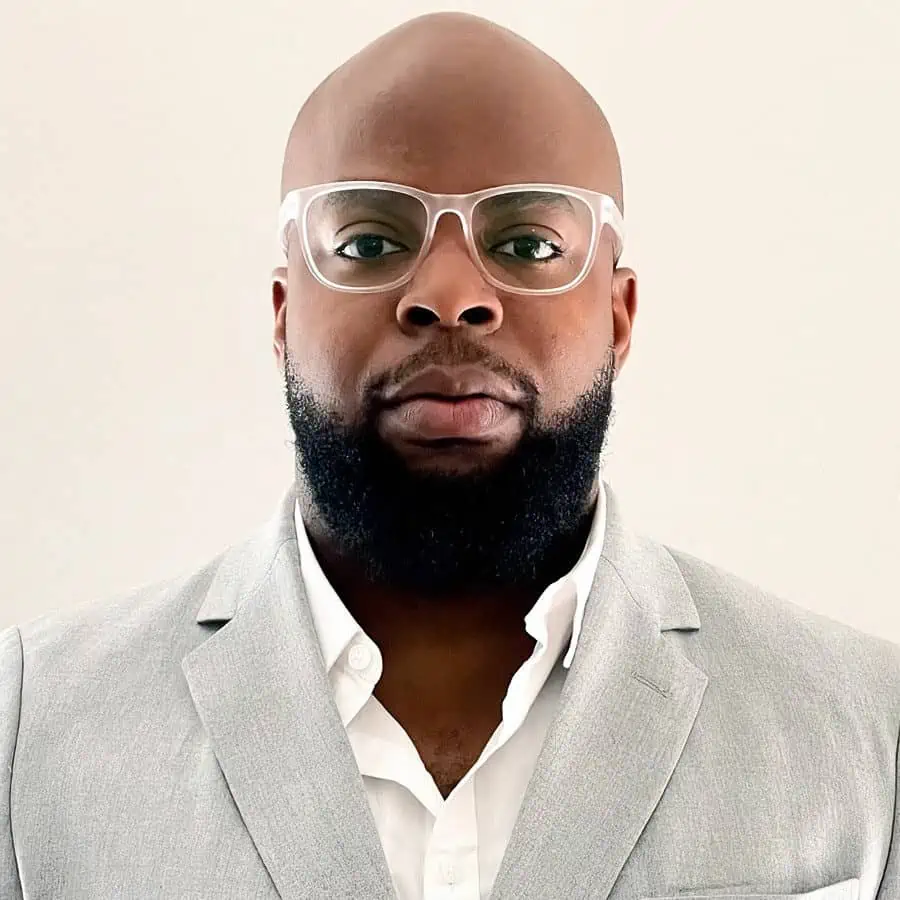 Matthew currently serves as a content creator and host of The Engineering Project Management Podcast. A civil engineer by trade, Matthew has developed a passion for construction and stormwater management by way of maintenance and rehabilitation services. Matthew has also had experience working with private consulting firms and public agencies, and has even held a role of an educator. As such, he loves to lead, build, mentor, and help those in need.
Matthew currently serves as a content creator and host of The Engineering Project Management Podcast. A civil engineer by trade, Matthew has developed a passion for construction and stormwater management by way of maintenance and rehabilitation services. Matthew has also had experience working with private consulting firms and public agencies, and has even held a role of an educator. As such, he loves to lead, build, mentor, and help those in need.




